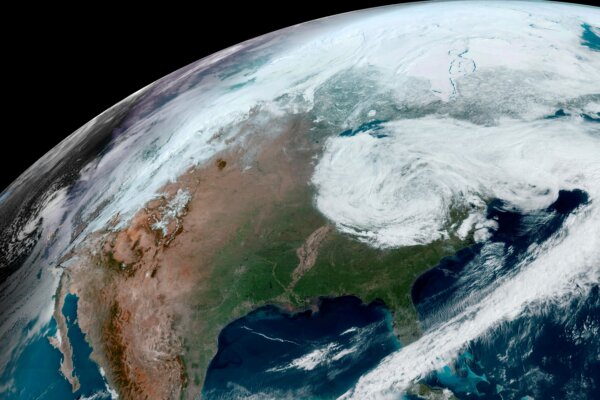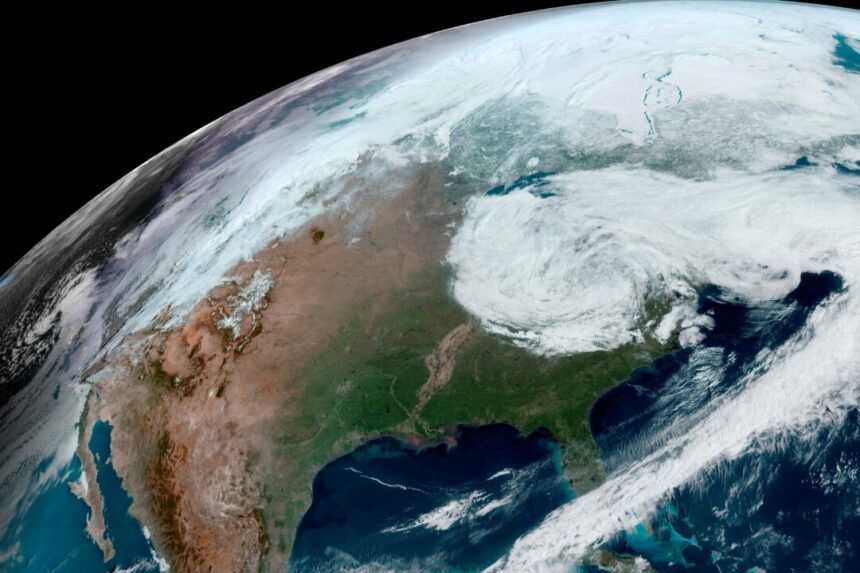
DALLAS—Some individuals hoping to witness Monday’s total solar eclipse may find their view obstructed by clouds rather than the moon.
While there is still time for weather forecasts to change, meteorologists are predicting that storms on eclipse day could cover parts of the path from Mexico and Texas through Maine and parts of Canada.
Assuming the clouds do not interfere, viewers within the path wearing eclipse glasses will observe the moon slowly covering the sun until it is entirely blocked, leading to a period of darkness known as “totality.” During this time, temperatures drop, and the sun’s corona becomes visible.
What’s the Weather Forecast Along the Eclipse’s Path?
Storms are expected to bring clouds across much of the eclipse’s path on Monday, particularly in the central United States.
National Weather Service meteorologist Marc Chenard suggests that the northeast United States currently has the best chance of clear skies, along with parts of Arkansas, Missouri, and Illinois.
In Canada, light cloud cover is expected, with higher, thinner clouds allowing viewers to see the eclipse while lower, thicker clouds may completely obscure the spectacle.
Parts of Ohio, Pennsylvania, New York, and Texas are uncertain. According to Mr. Chenard, northeast Texas could go either way at this point. Mexico may also experience low to mid-level cloud cover.
Thushari Jayasekara, a physics professor at Southern Illinois University, recalls the 2017 eclipse from Carbondale, Illinois, where clouds partially obscured the spectacle. The clouds parted during totality, allowing viewers to witness the full effect.
How Reliable is the Eclipse Weather Forecast?
“The uncertainty is still quite high,” says Mr. Chenard. The movement of storms across the country makes it challenging to predict the exact locations and timing of cloud cover.
Although weather conditions in the northeast United States seem promising, the timing and speed of Monday’s storms could alter cloud cover across the rest of the country.
The National Oceanic and Atmospheric Administration’s Weather Prediction Center will provide daily updates on the eclipse forecast leading up to Monday.
How Can I Watch the Solar Eclipse If It’s Cloudy or Rained Out?
If clouds obstruct your view, you can still watch the total solar eclipse online.
NASA will livestream telescope views of the sun on NASA TV starting at 1 p.m. EDT. Associated Press journalists will also provide live coverage of the eclipse from various locations along the path, starting at 10 a.m. EDT.
The Exploratorium Museum, Time and Date, and Slooh will also broadcast views of the eclipse on the day.
By Adithi Ramakrishnan





